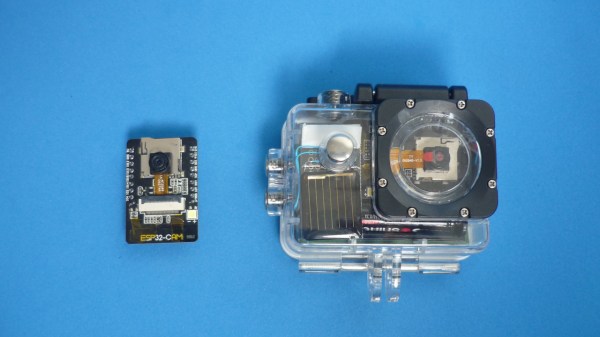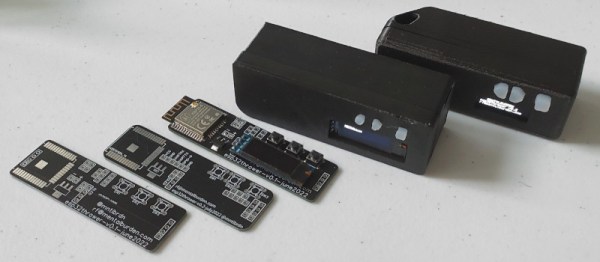[alberto nunez] shows off his sleek build of a solar-harvesting ESP32 camera – waterproof, somewhat energy-efficient, and able to be built by more-or-less anyone. For that, he’s chosen fairly jellybean components – an ESP32-CAM module with a matching protoboard, a small solar cell, a LiFePO4 battery, and a waterproofed GoPro shell that all of these parts neatly fit into.
A BQ25504 energy harvesting chip is used to ensure the ‘solar’ part of the project can meaningfully contribute to the project’s power budget, with energy otherwise mainly provided by the LiFePo4 battery. Since this battery’s nominal voltage is 3.2 V, it can be wired straight to ESP32’s power input and there’s no need for a regulator – thus, that one got mercilessly desoldered. [alberto] has also modded the board using a FET to gate power to the ESP32-CAM module’s camera, with all of these hacks bringing the board’s deep sleep current from 2.8 mA to 0.8 mA. Not great for a low-power device, but not terrible for something you can build so easily. Plus, it’s waterproof, dust-resistant, and quite robust!
These ESP32 camera modules are seriously nifty – we see them put to good use on the regular. Whether you need to detect motion in your Halloween project, decode your water meter readings, or perhaps merely a security camera, it’s worth having a few in your toolbox. Maybe even pick up a programming helper for these while you’re at it!















